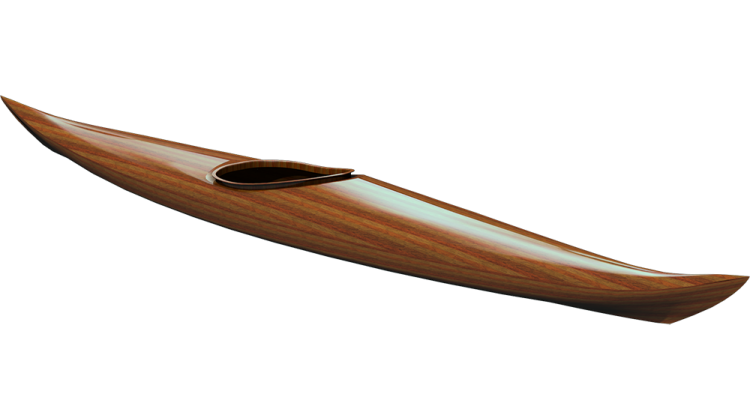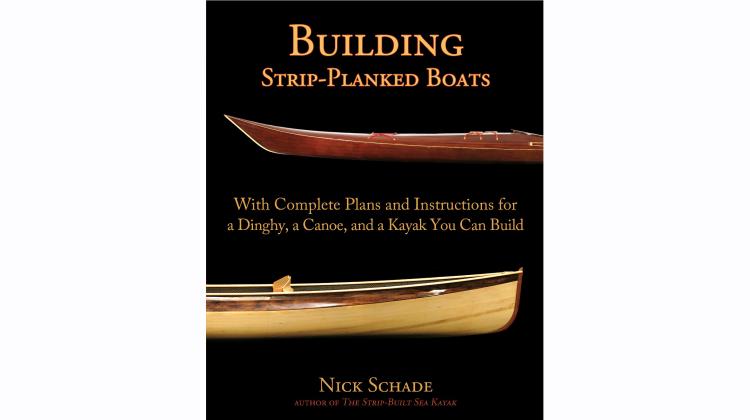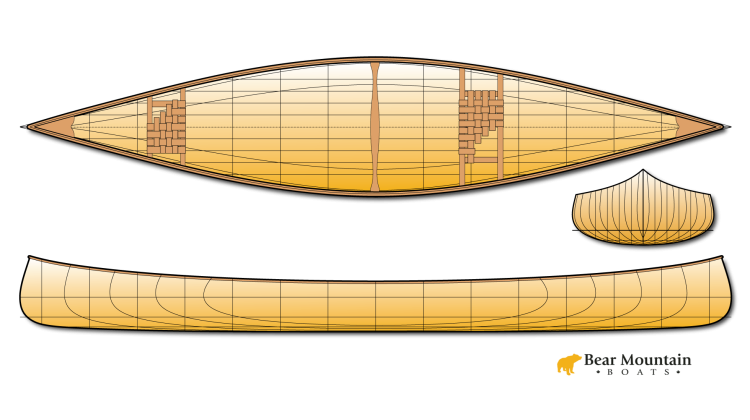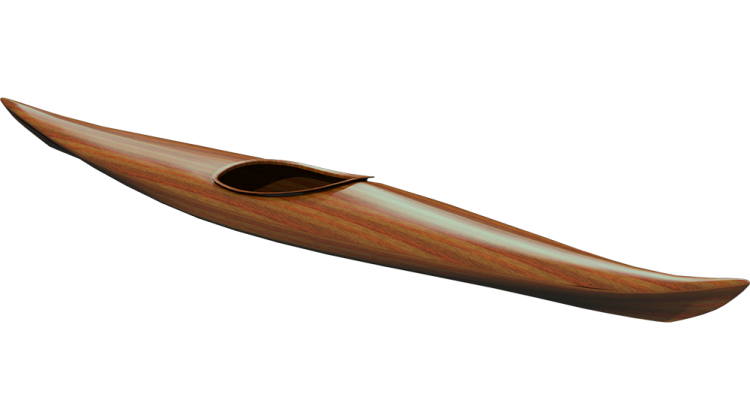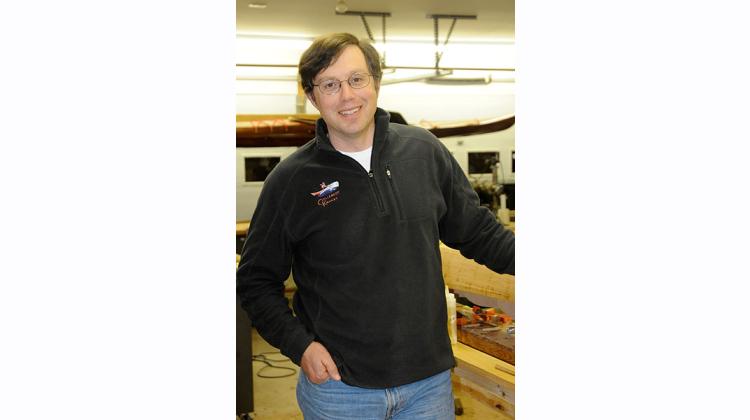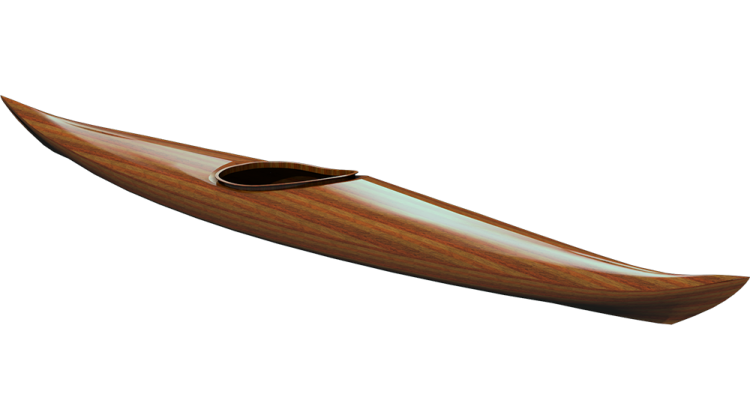The principle behind getting a smooth, drip-free, run-free, error-free varnish finish is getting the coating uniform thickness. One way to acheive this is to apply thin coats. This works, but we are putting varnish on the boat to protect the epoxy from Ultraviolet light. UV breaks down the epoxy. A thicker layer of varnish means better protection from UV. We want to built up as thick a coat as we can, and we don't want to spend too long doing it. One of the easiest was to do this is to brush on your varnish.
I use a foam brush because I am not good about cleaning things when I need to, so a high quality bristle brush is not well suited to my work habits. A foam brush is essentially a sponge on a stick. It pays to remember this as you use the brush. If you squeeze a sponge, liquid comes out, if you touch a dry sponge to a liquid, it soaks up the liquid.
In this video I am apply coat number 6 of varnish. I started by sanding the epoxy to 220 grit sandpaper. I then applied 5 coats of varnish, one per day. Between coats I scuffed the surface with an abrasive pad such as a Scotch-Brite kitchen scrubber. This helped provide a mechanical bond between varnish coats. If you are getting a rough finish after several coats of varnish, you may want to wet-sand the surface with 220 grit to level it out.
Here I have leveled out the finish prior to the final coat and sanded it to 320 grit. I vacuumed the surface, wiped it down with a ragged wetted with mineral spirits. When that was dry I masked the edges of everywhere I was going to varnish. In this case, this meant under the bottom edge of the gunwales.
Immediately prior to varnishing, I wiped the surface with a tack cloth to pick up any remaining dust. I'm using a 2" wide brush. Choose the size to match the size of the surfaces you are dealing with. I had narrow gunwales elsewhere on the boat so 2" worked well there, otherwise I might have gone with a wider brush.
The varnish was filtered into a clean, deep container. The filter removed any dust or dried material from the varnish. The deep container protects against spills.
Applying the Varnish
I soaked up a good brush full of varnish. I am working on an small area that I can easily coat in less than one minute. The coaming requires a little care so I kept the area quite small. I carefully coated the vertical side of the coaming. Since the brush is very wet and the coaming is narrow, I don't need much pressure to release varnish on to the surface. I watch the surface as I go to see that enough varnish is being applied. By starting with the coaming any drips that run down onto the deck can be caught later.
As I apply varnish to the deck, I press the brush down firmly to release varnish from the foam. This may release too much in spots, but we will address this shortly. I stroke lengthwise along the boat, except near the coaming where a stroke or two along the perimeter of the coaming provides good coverage. My goal is to get some varnish on every part of the area I am working on. If I miss a few small spots here and there, the next step should cover them. I brush both directions to get varnish out of the brush.
Leveling the Varnish
The strokes to level the varnish are perpendicular to the first strokes. Wipe in one direction across the boat. Use moderate pressure. The goal is to pick up excess resin in the sponge and release more resin in dry spots. By going across the previous strokes you are more likely to hit spots that you may have missed on your first pass and you are moving across the thick and thin ridges you made in your initial application.
Tipping off the Finish
The term "tipping off" comes from how the brush is used. I am just hitting the surface with the tip of the brush. This applies very little pressure, so the foam sponge picks up excess liquid. It also pops any bubbles made by your previous more vigorous efforts. Switching back to lengthwise stroke helps hit spots you missed on the leveling step.
The Wet Edge
You will often hear experienced varnishers talking about "maintaining the wet edge". This referes to the fact that varnish starts to dry very quickly. Within a minute or so any varnish spread on the boat is already starting to dry. When the varnish starts to dry it will not level out when new varnish is applied and you will see brush marks. By moving quickly the edge of the varnish is still wet enough to blend when you move to the next section.
If you work on too large an area or move too slowly when you move to the next area the brush will drag and pull on the drying varnish leaving ripples and dimples in the finish. Since it is hard to get both sides of the boat while standing on one side, you will need to switch sides frequently. I work on one section, switch sides, and then work on the same section on the other side, switching each time if move to a new section.
I aim to work on an area that I can complete the whole Apply-Level-Tip sequence within a minute. Any larger and the edges of the area will show brush marks after the varnish has dried. For a smalling rowing boat such as this, or a canoe or kayak, the area is usually about 12 inches long and from centerline to gunwale or sheer line or approximately 1 to 2 square feet.
Dust Free Finish
I do my finish work in the same shop space I build in. This means it is very hard to elimiate dust. With careful vacuuming and wiping down, most of the dust can be eliminated. If I truly want a perfect finish I will buff out the varnish after it has dried for a few weeks.
If you are really concerned about creating a flawless finish, dust is the last thing to worry about. First you must prep the surface to be smooth and blemish free. Varnish will not fill low spots or deep scratches. Apply enough fill coats to you can sand the surface perfectly smooth. Next you need to apply the finish without runs, drips or errors. Practice the Apply-Level-Tip process described above on all your coats until you get good at it. The final coat is all that matters in the end. Sand the surface smooth and flat before applying the final coat. Do your best to eliminate all the dust you can for this last coat. If you have done everything else well, your finish will look great even with a little dust. If the remaining dust bothers you, buff it out later.
Tools and Materials
Varnish: Z-Spar 1015 "Captains" Varnish
Brushes: Jen Manufacturing 2" Foam Brush

